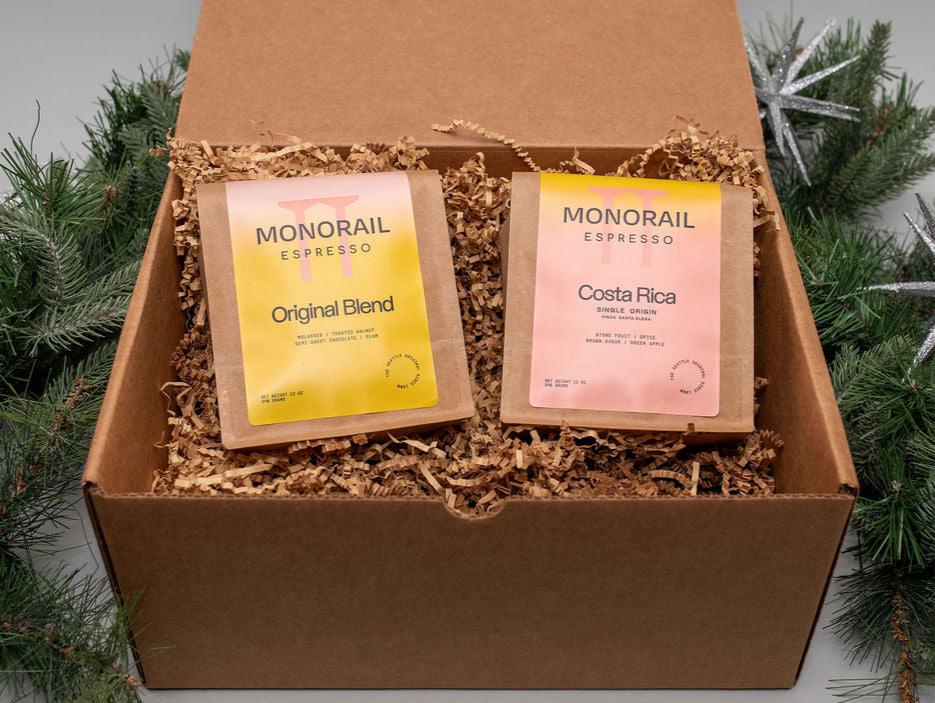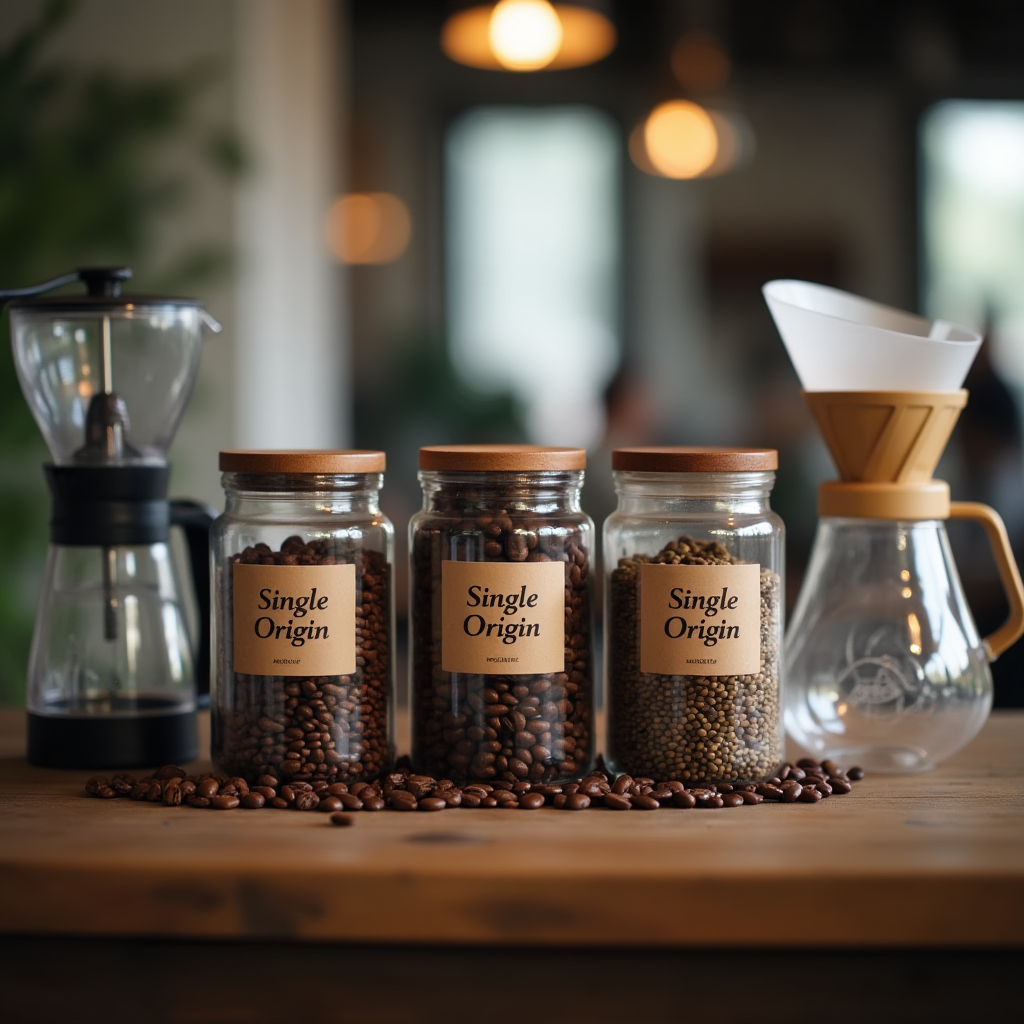Why SOE Single Origin Espresso Is Popular Among Baristas
Wiki Article
Checking Out the Rich Flavors of Coffee Beans: a Deep Dive Into Espresso and Blended Coffee Beans
When you discover the rich tastes of coffee beans, you uncover an intricate globe where each range brings its own personality to your cup. As you navigate through the art of espresso and the creative thinking behind combined coffees, you'll begin to value the nuances that make each sip special.The Beginnings of Coffee Beans: Checking Out Terroir and Flavor Profiles
When you take a sip of coffee, you're not just appreciating a drink; you're experiencing an abundant tapestry of flavors shaped by the beans' origins. Each region creates unique taste profiles influenced by altitude, climate, and dirt. As an example, beans from Ethiopia typically burst with brilliant, fruity notes, while those from Colombia tend to supply a well balanced, nutty sweetness.As you explore various beginnings, you'll observe just how terroir-- the ecological factors affecting a crop-- plays an important role - Single Origin Espresso. The same coffee variety can taste dramatically various relying on where it's grown
When you take into consideration these factors, you start to value the intricacy behind your cup. Each sip informs a tale of the land and the farmers that nurtured the beans. Following time you delight, assume about the trip your coffee took before it reached your hands, and relish those intricate tastes that show its origin.
Recognizing Espresso: The Art and Scientific Research Behind the Brew
When you consider coffee, it's not simply regarding the strong taste; it's also about the techniques that bring it to life. Recognizing exactly how various prep work methods effect taste can transform your brewing experience. Allow's discover the details of espresso preparation and uncover the distinct taste accounts that make each cup special.Coffee Preparation Techniques
Coffee preparation is both a science and an art, integrating exact methods with a deep understanding of coffee. To begin, you'll intend to select premium, fresh baked beans and grind them carefully for excellent extraction (Single Origin Espresso). The grind size is essential; too rugged, and your espresso will be weak, also fine, and it'll be bitterThe result must be a rich, creamy coffee with a beautiful layer of crema on top. With practice, you'll understand these techniques.
Flavor Profiles Clarified
The world of espresso uses an abundant tapestry of taste accounts that can boost your coffee experience. Light roasts frequently showcase brilliant acidity and lively tastes, while dark roasts existing much deeper, bolder tones.A well-crafted blend might integrate the intense notes of an Ethiopian bean with the abundant, chocolatey undertones of a Brazilian bean. Embrace the trip of finding espresso's varied tastes, and you'll transform your coffee ritual right into an amazing journey.
Processing Approaches: Exactly How They Influence Flavor and Fragrance
While it may seem that the beginning of coffee beans is one of the most substantial factor in identifying their flavor and aroma, the handling techniques used post-harvest play a just as important duty. You'll locate that these approaches can significantly alter the last taste profile of your cup.For circumstances, the washed process eliminates the fruit from the beans before fermentation, usually resulting in a cleaner, brighter flavor. At the same time, the natural procedure leaves the fruit intact throughout drying, causing a sweeter, fruitier profile.
Various other techniques, like honey handling, strike a balance, allowing some fruit mucilage to remain, providing a distinct intricacy.
Each processing technique connects with the beans' fundamental qualities, boosting or muting certain flavors and scents. When you drink that espresso or blended coffee, bear in mind that the journey from cherry to cup is influenced not simply by beginning but likewise by just how those beans were refined.
Roasting Methods: Opening the Full Prospective of Coffee Beans
Roasting strategies are vital for disclosing the complete potential of coffee beans, as they transform raw, environment-friendly beans into the aromatic, delicious coffee you appreciate. The choice of roasting method-- light, medium, or dark-- dramatically influences flavor profiles. Light roasts preserve the beans' natural acidity and fruity notes, while tool roasts equilibrium sweetness and splendor. Dark roasts, on the various other hand, emphasize bold, great smoky flavors.You can explore toasting times and temperature levels to find your ideal brew. A slower roast at reduced temperatures permits for intricate flavors to create, while a quicker roast can escalate anger. Pay focus to the cracks throughout roasting; the initial split shows a light roast, while the 2nd fracture signals a dark roast. By mastering these strategies, you'll reveal a world of flavor, raising your coffee experience to new elevations. Delight in every sip, recognizing the treatment that entered into your mug!
The Magic of Blended Coffee: Producing Unique Taste Experiences
Creating a distinct flavor experience with combined coffee can transform your early morning routine into an expedition of taste. By incorporating different beans from numerous regions, you can expose a harmony of flavors that boost your mug to new elevations. Each blend offers a distinctive profile, stabilizing acidity, sweetness, and body to produce something genuinely unique.When you select a mix, you're not just selecting a coffee; you're choosing a trip across varied landscapes and societies. Explore various combinations enables you to discover your individual faves, whether you appreciate fruity notes or rich, chocolatey touches.

Tasting Notes: Acknowledging the Nuances in Your Mug
As you drink your coffee, you might observe a range of tastes dancing on your taste, each disclosing the complexities of the beans. You may taste the brilliant acidity similar to citrus or the deep, abundant notes comparable to dark delicious chocolate. The sweet taste can stimulate honey or sugar, stabilizing the general account perfectly.Pay focus to the body of the coffee-- does it really feel light and airy, or is it complete and luscious? The coating, too, provides ideas; a sticking around aftertaste might hint at nuttiness or flower touches.

Do not neglect to check out the distinct characteristics of different origins, as each region presents distinct tastes - Single Origin Espresso. Ethiopian coffees commonly present fruity notes, while Colombian beans could showcase a much more rounded sweet taste. By acknowledging these nuances, you'll deepen your admiration for every cup, elevating your coffee experience to brand-new heights

Developing Methods: Optimizing Flavor Removal for Every Bean
When you discover the different developing methods, you'll uncover that each method can significantly influence the flavor profile of your coffee. From French press to pour-over, each approach extracts different substances, enhancing or silencing certain notes. For instance, utilizing a French press permits oils to continue to be in the brew, producing a richer preference, while pour-over highlights clarity and illumination.Temperature level and grind dimension likewise play important duties. A coarser grind works best for cool brews, while a fine work is perfect for coffee. Try out water temperature level-- in between 195 ° F and 205 ° F-- can reveal concealed tastes, also.
Don't ignore steeping time; a fast removal can lead to sour notes, while over-extraction may generate bitterness. By changing these variables, you can make best use of taste extraction and genuinely boost your coffee experience. Delight in the trip of discovering what technique ideal suits your taste buds!
Regularly Asked Questions
What Is the Suitable Water Temperature Level for Developing Coffee?
The perfect water temperature for brewing coffee's between 195 ° F and 205 ° F. If you utilize water that's as well SOE hot, you'll over-extract flavors; too chilly, and you won't draw out enough. Go for that pleasant place for the very best mixture!Just How Does Work Size Affect Coffee Flavor?
Work dimension substantially influences coffee flavor. Better grinds extract more tastes and oils, leading to a bolder taste, while coarser grinds yield a lighter taste. Changing grind size assists you accomplish your preferred coffee profile.Exist Health And Wellness Advantages Related To Drinking Coffee?

What Is the Difference In Between Arabica and Robusta Beans?
Arabica beans are smoother and sweeter, typically including fruity flavors, while robusta beans are stronger with a bitter preference and greater high levels of caffeine web content. You'll see these distinctions in fragrance and developing experience.Exactly How Can I Store Coffee Beans for Quality?
To store coffee beans for quality, keep them in a closed container, far from heat, light, and moisture. If you just grind what you need right prior to developing., you'll preserve their flavor longer.Checking Out the Abundant Flavors of Coffee Beans: a Deep Dive Into Espresso and Blended Coffee Beans.
When you discover the rich flavors of coffee beans, you reveal an intricate globe where each selection brings its own character to your cup.When you take a sip of coffee, you're not simply taking pleasure in a beverage; you're experiencing an abundant tapestry of tastes shaped by the beans' origins.Roasting methods are essential for exposing the complete potential of coffee beans, as they change raw, eco-friendly beans right into the fragrant, tasty coffee you take pleasure in.As you sip your coffee, you could discover a range of flavors dancing on your taste, each exposing the intricacies of the beans.
Report this wiki page